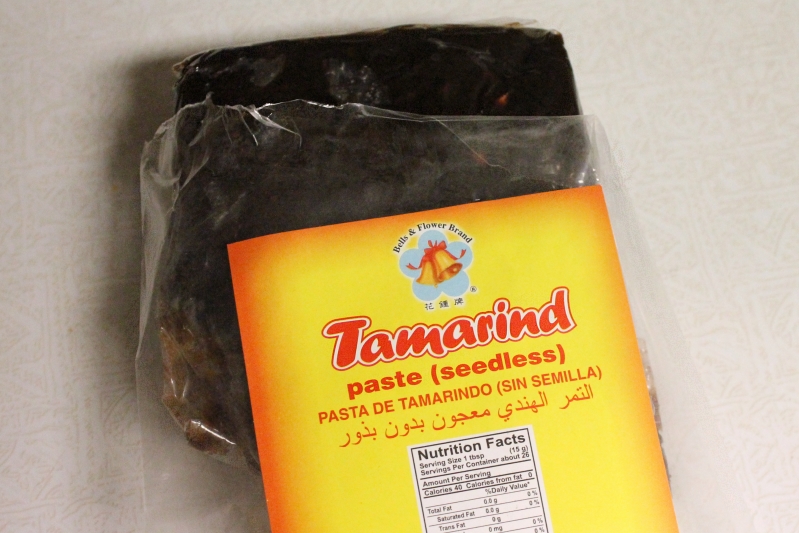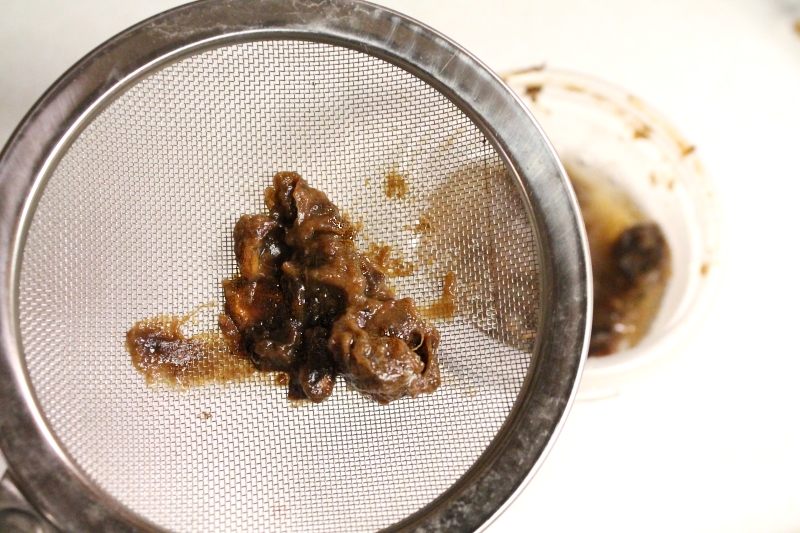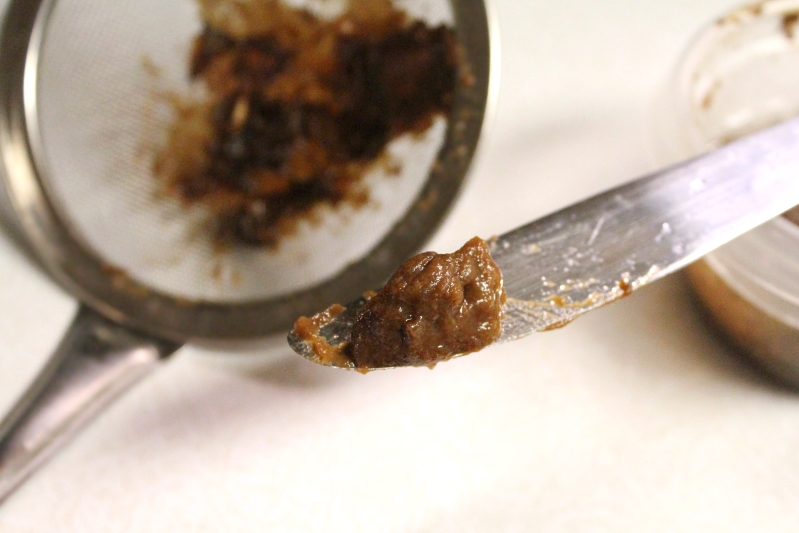
You will usually find tamarind paste in a big block like this. The tamarind pods are all ground up, so even if it is labeled as "seedless", expect it to be full of tough fibers and the occasional seed.
To use it, break off about 2 times what you need for your recipe and cover it with hot water (I microwave it for 30 seconds) to soften. If the block is very hard, let it sit 15 minutes, or just a few minutes if it already seems pretty soft.

Now you will need a strainer and something to scrape it with (I use a table knife). Put a small piece of tamarind (1 tsp?) on the strainer and press and scrape the tamarind back and forth. Turn the strainer over and you will see nice, soft paste has pushed through. Scrape the smooth paste off the back of the strainer and you can put it right in your measuring spoon. Once you feel like you've scraped all you can, dump out the hard fibers and get another chunk.

This process does take a little while, but by using tamarind I was able to make my best Pad Thai sauce by far. It is definitely worth the extra steps! You can store the leftover block wrapped with plastic wrap or a Ziplock bag in your pantry for a year or two, so it's easy to keep on hand.
Note ~ Sometimes you can find pre-strained paste in a jar, though I've heard it can often be watered down & not as tasty. I wasn't able to find any at my international market, so I haven't tried it myself. Jars of paste and tamarind juice should be stored in the fridge and don't keep as long.
Now I'm eager to find some more recipes using this tasty ingredient. Have you cooked with tamarind before?

No comments:
Post a Comment